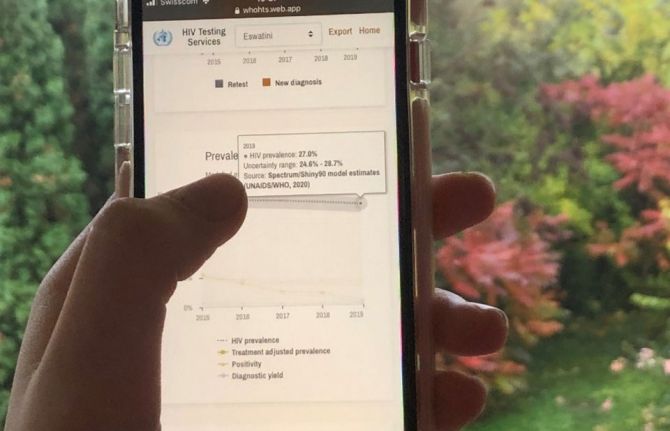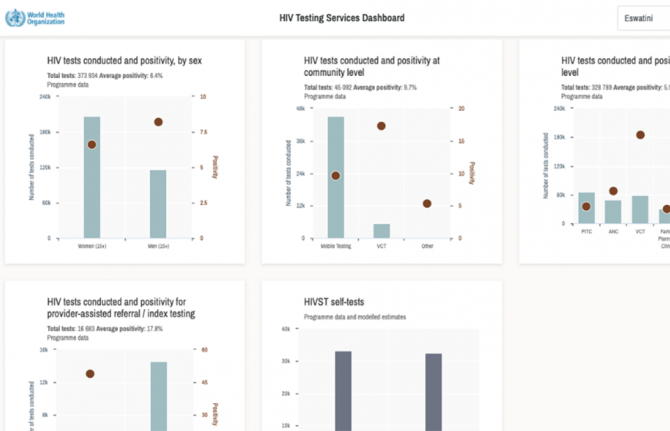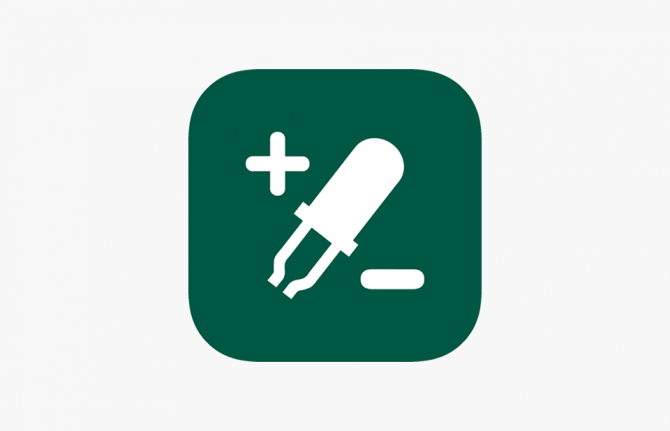



Feature Story
Updated dashboard supports differentiated HIV testing services
12 November 2020
12 November 2020 12 November 2020The World Health Organization (WHO), in coordination with UNAIDS, has updated its HIV Testing Services dashboard with new data for 2020, ahead of this year’s World AIDS Day.
The interactive dashboard gives users a wide range of information on HIV testing from countries worldwide on, for example, HIV prevalence, the number of people testing positive for HIV and the number of people testing for HIV for the first time or repeating a test. Data are given in charts and tables and are differentiated by age, sex and other characteristics.
“It is critical to have differentiated HIV testing data at this stage in the epidemic,” said Cheryl Johnson, WHO Technical Officer. “Having such data will help programmes to implement the World Health Organization’s guidelines so that they may reach the remaining people living with HIV who do not know their status. We look forward to working with countries on how they can use their data to guide efficient and effective HIV testing services.”
Countries need to have a range of testing approaches to reach people living with HIV who do not know their status and others at risk of acquiring HIV. The dashboard will help countries to develop the best mix of testing services—such as self-testing, index testing and various forms of community and facility-based testing services—suitable for their settings. Countries can also monitor the progress of the number of people who newly learn their HIV status.
“We are using data to intensify our efforts to reach the remaining people living with HIV who don’t know their status and to facilitate linkage to care by prioritizing and differentiating testing so we can reach underserved geographies and populations in Uganda. The dashboard is a useful tool to help guide decision-making and our national strategy moving forward,” said Geoffrey Taasi, Programme Officer, HIV Testing Services, Ministry of Health, Uganda.
The information on the dashboard is a mixture of WHO and UNAIDS data, national programme data, modelled estimates and population survey data—it also includes the implementation status of testing services and national policies. The data used were selected in consultation with representatives of ministries of health, research partners, local and international implementing partners and donors.
In addition to the website, the dashboard can be accessed through the WHO HTS Info app using a smartphone or tablet.
“Expansion of relevant HIV testing approaches is critical for Viet Nam to achieve the 90–90–90 targets. With support from the World Health Organization and other partners, we have successfully piloted community-based HIV testing, including lay provider testing and self-testing. We are now working to scale up these approaches nationwide,” said Nguyen Hoang Long, Director-General of the Viet Nam Authority of HIV/AIDS Control, Ministry of Health, Viet Nam.



